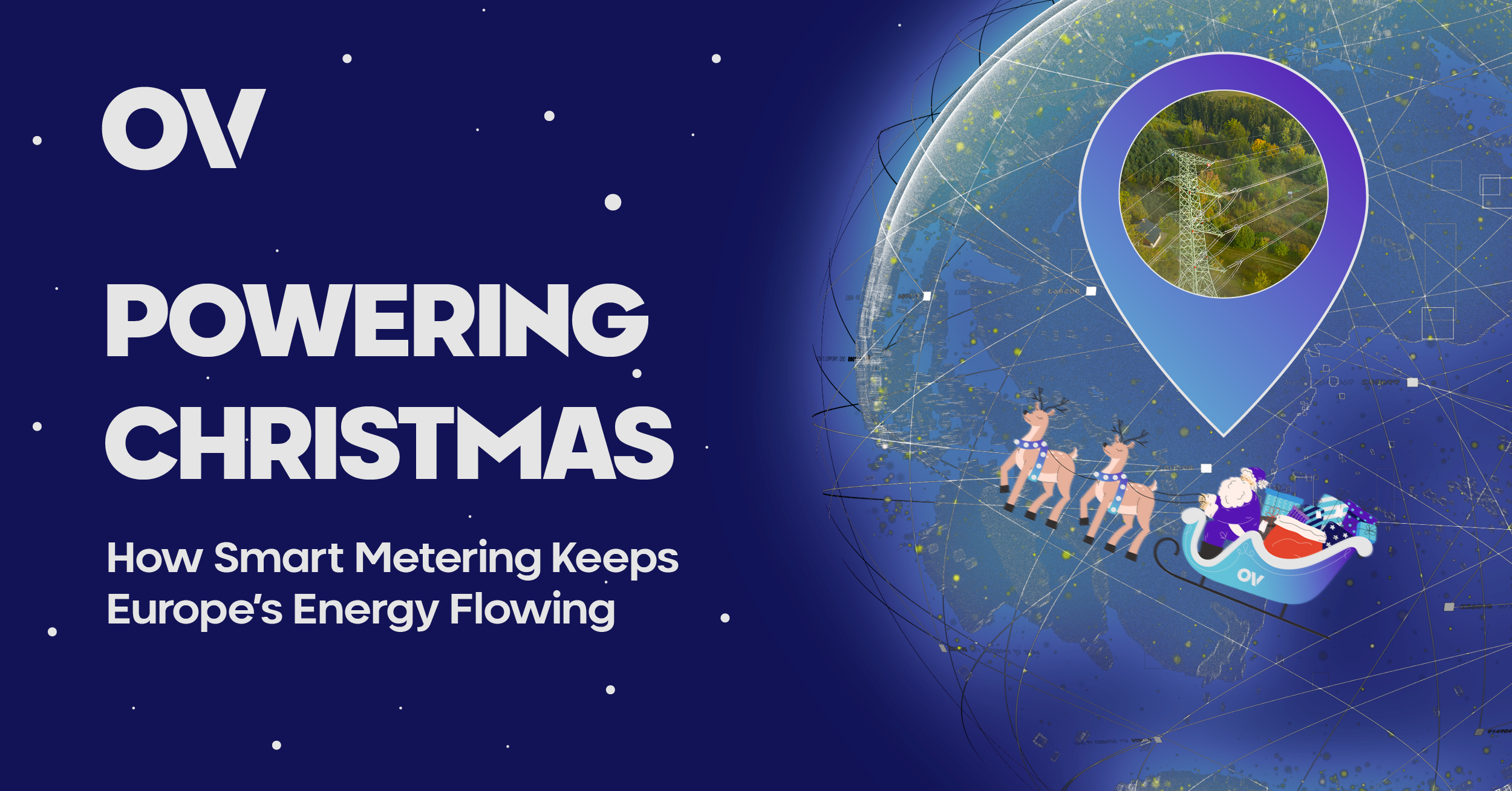Originally published
February 12, 2025
Last Updated
July 9, 2025
As the Internet of Things (IoT) continues to grow, efficient and secure data transmission is critical to ensuring seamless connectivity across devices, networks, and cloud services. This is where an IoT packet gateway plays a vital role. It serves as a bridge between IoT devices and core networks, managing data packets, optimising communication protocols, and ensuring secure and reliable data transfer.
This blog explores the function, importance, and technical aspects of IoT packet gateways and their role in enabling scalable and secure IoT deployments.
How Does an IoT Packet Gateway Work?
An IoT packet gateway is responsible for receiving, processing, and forwarding data packets from IoT devices to the appropriate network or cloud service. Unlike traditional IoT gateways, which primarily handle protocol translation and device management, a packet gateway specifically manages network-level data flow, optimising bandwidth usage and security.
Key Functions of an IoT Packet Gateway
1.Packet Routing & Network Communication
IoT packet gateways ensure efficient routing of data packets between IoT devices, edge networks, and cloud platforms. They support multiple networking protocols such as IP, UDP, TCP, and MQTT, facilitating seamless communication.
2. Protocol Conversion & Data Optimisation
IoT ecosystems consist of devices using different communication standards. A packet gateway translates and optimises these protocols to ensure smooth interoperability while reducing latency and bandwidth consumption.
3. Security & Encryption
Security is a core function of an IoT packet gateway. These gateways incorporate features such as:
- End-to-end encryption to protect data in transit
- Packet filtering to prevent unauthorised access
- Intrusion detection systems (IDS) to monitor suspicious network activity
4. Traffic Management & Bandwidth Optimisation
IoT networks often operate with limited bandwidth. Packet gateways filter, compress, and prioritise data, ensuring that critical information reaches its destination efficiently without overwhelming the network.
5. Edge Processing & Data Aggregation
Some IoT packet gateways include edge computing capabilities, allowing them to process and aggregate data locally before transmitting only relevant insights to the cloud. This reduces latency and enhances real-time decision-making.
Technical Specifications of an IoT Packet Gateway
When selecting an IoT packet gateway, consider these key technical aspects:
- Network Compatibility – Supports IP-based, LoRaWAN, NB-IoT, LTE-M, 5G, and other IoT-specific communication networks.
- Processing Power - Equipped with a high-performance CPU to handle real-time packet processing.
- Security Features - Includes firewalls, VPN support, secure boot, and encryption to protect network traffic.
- Connectivity Options – Supports multiple wireless and wired interfaces such as Ethernet, Wi-Fi, Bluetooth, and cellular connectivity.
- Power Efficiency – Designed for low power consumption, especially in remote or battery-operated IoT applications.
Why Are IoT Packet Gateways Essential?
In large-scale IoT deployments, managing thousands of connected devices can create significant challenges in terms of data congestion, security risks, and network efficiency. An IoT packet gateway helps overcome these issues by:
- Optimising network performance through intelligent data routing and filtering
- Enhancing security by protecting sensitive information from cyber threats
- Reducing costs by minimising unnecessary data transmission to the cloud
- Enabling real-time processing for faster decision-making at the edge
Explore IoT Connectivity with OV at MWC Barcelona
At OV, we provide cutting-edge IoT connectivity solutions designed for secure, scalable, and efficient IoT networks.
Join us at MWC Barcelona, Hall 5 Stand 5G31, to discover how our IoT packet gateways can transform your connectivity strategy.
READ MORE
DISCOVER MORE NEWS AND DEVELOPMENTS IN IOT & GLOBAL CONNECTIVITY





